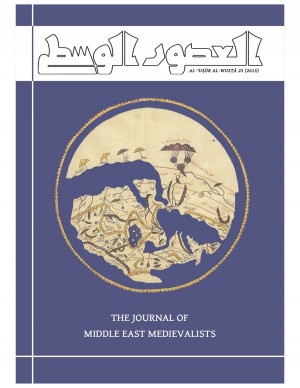Abstract
In the 230s/850s, the caliph al-Mutawakkil sent his general, Bughā al-Kabīr, to assert control over the wayward northern frontier of the ʿAbbāsid Caliphate. This campaign typically appears in modern scholarship as a moment that pitted Armenian Christians against tačiks (Arab Muslims). This paper complicates this binary by (1) placing T‘ovma Arcruni’s History of the Arcruni House in dialog with Arabic accounts of the campaign and (2) locating the campaign in the broader context of fragmented political power in the Caucasus as a whole. It reviews Bughā’s main allies and adversaries in the conflict with close attention to the descriptors (or lack thereof) of their identities in medieval texts. From there, it challenges the oversimplification of the campaign in ethnoreligious absolutes as Arab v. Armenian or Muslim v. Christian as a product of T‘ovma’s own agenda. This article posits the narrative use of ethnic and religious signifiers, despite the apparent flexibility of communal identities in the medieval period, and focuses specifically on the experience of women in the campaign to signal the close relations between groups of different ethnicities and religions.

This work is licensed under a Creative Commons Attribution-NonCommercial-NoDerivatives 4.0 International License.
Copyright (c) 2017 Alison M. Vacca

